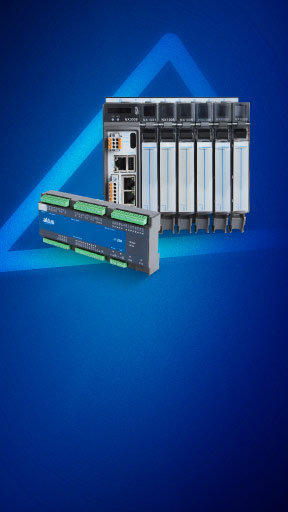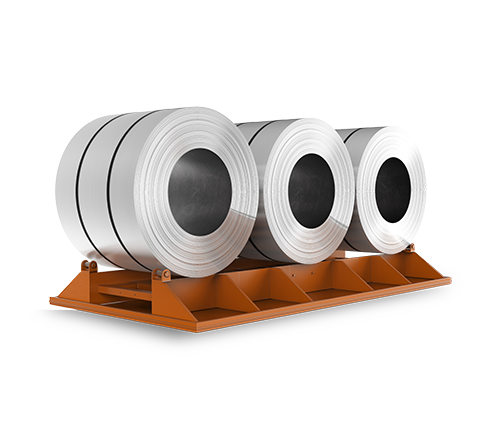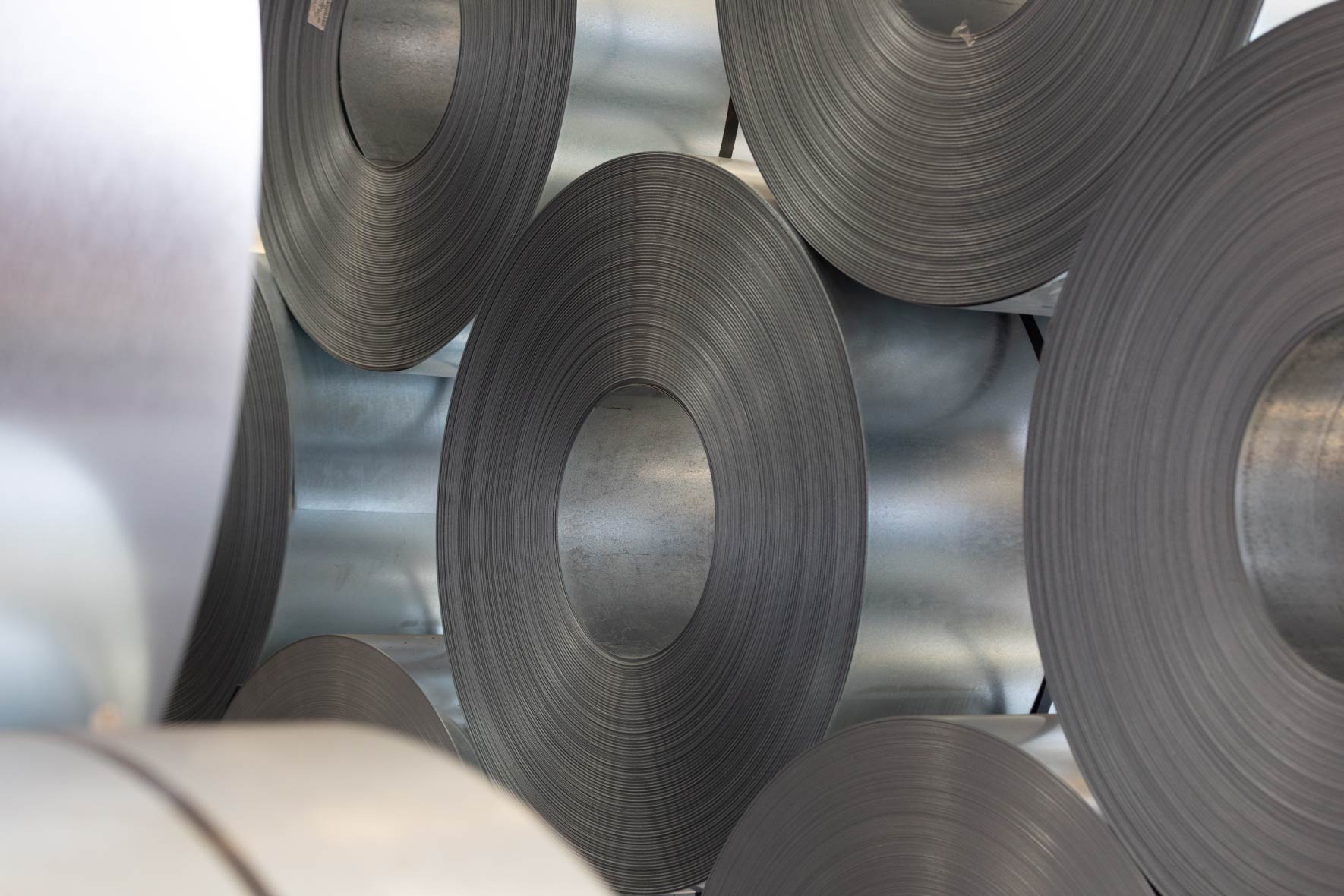Our Products
An exclusive combination of equipment that combines high performance and competitiveness to overcome the challenges of Industry 4.0

An exclusive combination of equipment that combines high performance and competitiveness to overcome the challenges of Industry 4.0

At Altus, we have the necessary know-how to provide integrated systems for the most varied demands of the industrial market

Discover our solutions and discover how our expertise can help boost your business performance

See how we have become a reference in the automation market over the course of our more than 40 years

We are 100% available to solve problems, answer questions and help you optimize the performance of your application.

Get to know our units and find out where to find our sales representatives throughout Brazil
System Retrofit for Wire Drawing
To strengthen its position in the South American metallurgy market, the company turned to Altus for the technology needed to enhance product quality and boost the capacity of its wire manufacturing facility

Highly accurate control of critical process variables such as temperature, pressure, and more
The embedded technology in this solution delivers highly accurate data throughout the process
The WebServer feature available on the Nexto CPU allows remote access to the supervision system via any browser
The control system is fully customized to meet the specific needs of the process

The fully automated control system for the plant includes six CPUs, one MODBUS/TCP NX5100 remote unit, and a series of modules handling over 2,300 I/O points to manage the drawing machine and five annealing furnaces. The architecture also features a JN3008 media converter from the Connect Series and a seven-inch HMI from the X2-BASE Series.
The NX3005 CPU was chosen to optimize both the wire drawing machine and the annealing furnaces. This unit comes with an integrated power supply, high processing speeds—handling 1,000 Boolean instructions every 6 microseconds—and ample data storage capacity.
Av. Theodomiro Porto da Fonseca, 3101, lote 01 – São Leopoldo/RS – Brasil
CEP 93022-715
© 2024 Altus
Criação de sites pela Agência de Marketing Digital Orgânica Digital.